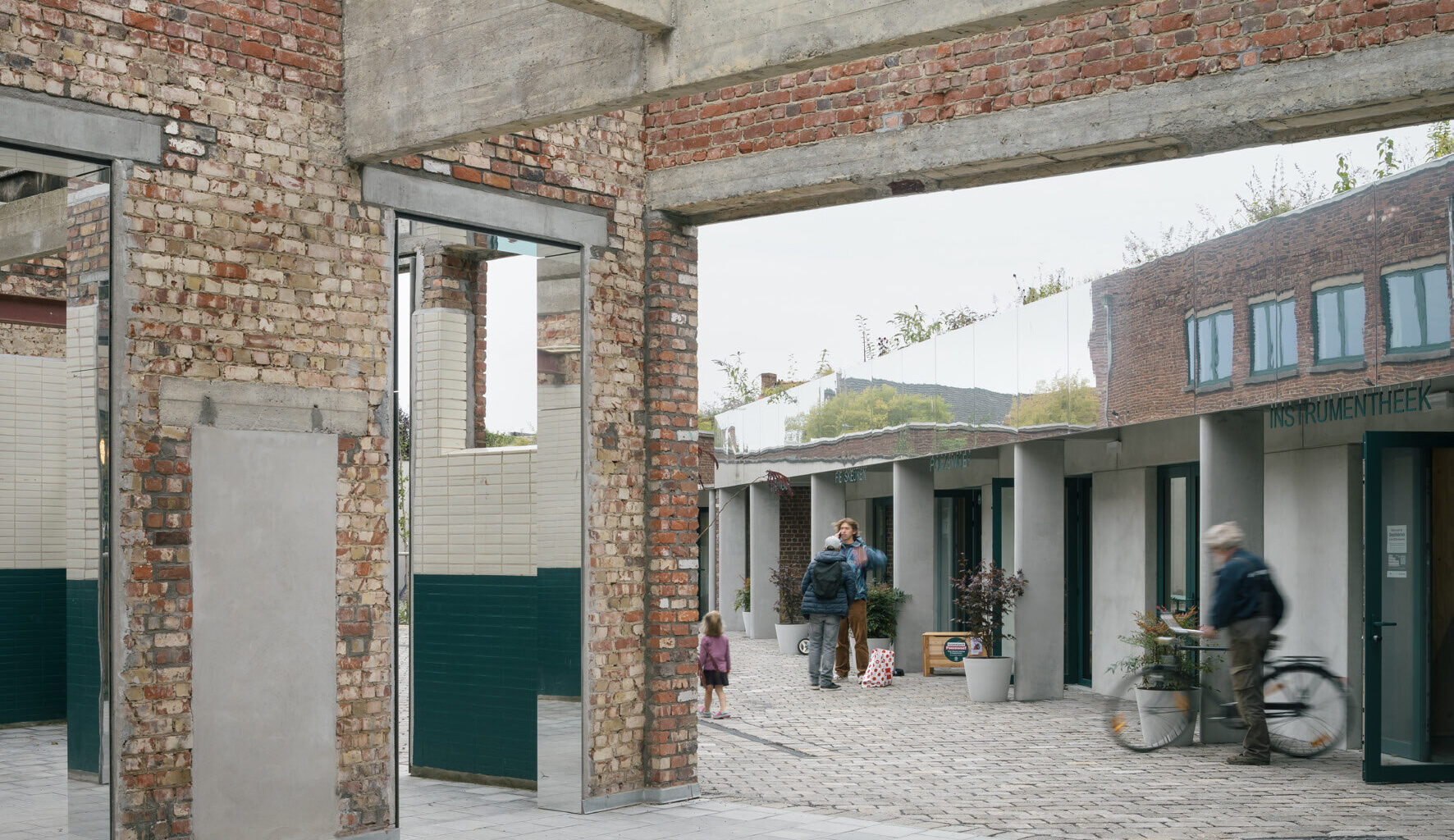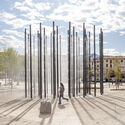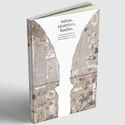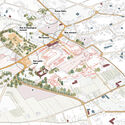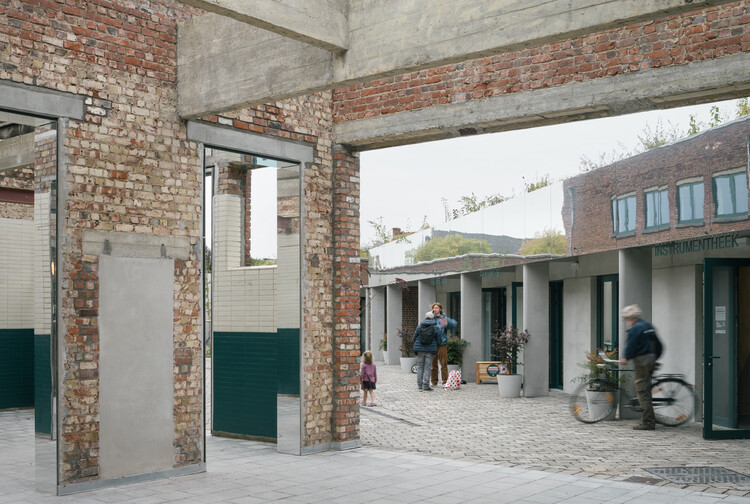 Share and Reuse Factory / ATAMA. Image © Stijn Bollaert
Share and Reuse Factory / ATAMA. Image © Stijn Bollaert
Share
Share
Or
https://www.archdaily.com/1031790/the-european-ahi-award-2025-celebrates-six-public-heritage-interventions-across-europe
The European AHI Award recognizes architectural heritage interventions across Europe, highlighting their role as a forward-looking model for 21st-century architecture with tangible social, environmental, and economic benefits. In its seventh edition, the award honored six projects, four first prizes and two special mentions, during a ceremony held in early June at the Paranimf Ceremonial Hall of the Escola Industrial in Barcelona. A total of 238 projects from architecture studios in 24 European countries were submitted. The selected winners are located in Antwerp, Kortrijk, Olot, Ancient Corinth, and Milan.
Established in 2011, the AHI Awards aim to position heritage as both a vital source of knowledge and an important driver of sustainable territorial development. The award is an initiative of the Barcelona-based platform AHI (Architectural Heritage Intervention) and the Architects’ Association of Catalonia, with support from the Department of Culture of the Government of Catalonia, Barcelona City Council, and the Metropolitan Area of Barcelona. To date, more than 1,400 projects from 33 European countries have been submitted, all of which are archived in the freely accessible AHI Digital Archive.
This year, the organization emphasized that all six awarded projects were commissioned by public administrations: an indicator of the relevance of heritage conservation within the European public sphere. Below is an overview of the winning projects, along with jury comments for each.
Related Article How to Save a Building from Demolition: Emerging Procedures to Uncover the Potential of Existing Structures Built Heritage Category WinnerHet Steen Medieval Fortress / noAarchitecten studio
Antwerp, Belgium  Het Steen Medieval Fortress / noAarchitecten studio. Image © Kim Zwarts
Het Steen Medieval Fortress / noAarchitecten studio. Image © Kim Zwarts
The jury, made up of the architects Meritxell Inaraja, Stefano Francesco Musso, and Stijn Cools, stated that “the extension is new and modern, with a well-executed design and a careful choice of materials, bringing new life to a complex urban context. There is a good balance between rigorously restoring the existing structure and choosing to demolish the more recent additions, creating a contemporary extension that enables new uses.”
Exterior Spaces Category WinnerFiral d’Olot / Jaume Bach, Anna Bach, Eugeni Bach, Xevi Bayona, and Alba Colomer
Olot, Spain  Firal d’Olot / Jaume Bach, Anna Bach, Eugeni Bach, Xevi Bayona, and Alba Colomer. Image © Adrià Goula
Firal d’Olot / Jaume Bach, Anna Bach, Eugeni Bach, Xevi Bayona, and Alba Colomer. Image © Adrià Goula
The international jury, made up of the architects Michaela De Poli, Gentzane Goikuria, and Fernando Menis, highlighted that “the project is capable of successfully restoring urban spaces that hold great historical and sentimental value, but which have slowly deteriorated, to their rightful place within the life of the city, generating through elegant material and topographical gestures a sequence of interconnected spaces. This is a diverse public space in which different areas of comfort are generated, of high environmental quality, fostering health and encouraging interaction and play.”
Urban Planning Category WinnerBridging Time and Space: Master Plan for the Regeneration of Ancient Corinth, Greece / Ministry of Culture – Ephorate of Antiquities of Corinth, the American School of Classical Studies in Athens (ASCSA), and the Thymio Papayannis and Associates (TPA) studio
Ancient Corinth, Greece  Bridging Time and Space: Master Plan for the Regeneration of Ancient Corinth, Greece / Ministry of Culture – Ephorate of Antiquities of Corinth, the American School of Classical Studies in Athens (ASCSA), and the Thymio Papayannis and Associates (TPA) studio. Image © TPA / ASCSA Corinth Excavations
Bridging Time and Space: Master Plan for the Regeneration of Ancient Corinth, Greece / Ministry of Culture – Ephorate of Antiquities of Corinth, the American School of Classical Studies in Athens (ASCSA), and the Thymio Papayannis and Associates (TPA) studio. Image © TPA / ASCSA Corinth Excavations
The international jury, made up of the architects Ioanna Spanou, Batu Kepekcioğlu, and Bart Akkerhuis, complimented the project for “approaching the conservation of cultural heritage without restricting it to the boundaries of the archaeological site, extending it to include the surrounding modern settlement in a highly elegant and sensitive manner.”
Disclosure Category WinnerRuins, Scars and Traces Book / SIC Studio
San Cristóbal de La Laguna, Canary Islands 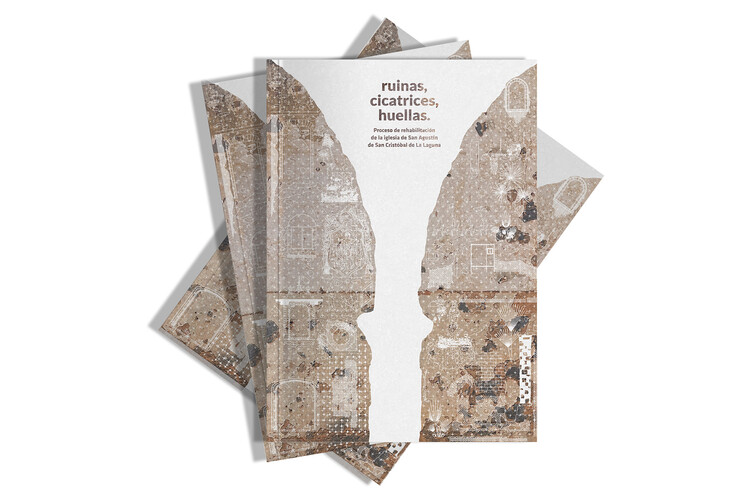 Ruins, Scars and Traces Book / SIC Studio. Image © SIC Arquitectura y Urbanismo
Ruins, Scars and Traces Book / SIC Studio. Image © SIC Arquitectura y Urbanismo
The jury of the Dissemination category was made up of the architects Elodie Degavre, Stephen Bates, and Mariona Benedito, who highlighted that “through a highly accessible graphic language, including topographic maps, detailed photographs and annotations, the book achieves broad reach for a wide audience. It offers an interactive experience, allowing readers to explore the ruins as they unearth each find.”
New European Bauhaus (NEB) Special MentionShare and Reuse Factory / ATAMA
Kortrijk, Belgium 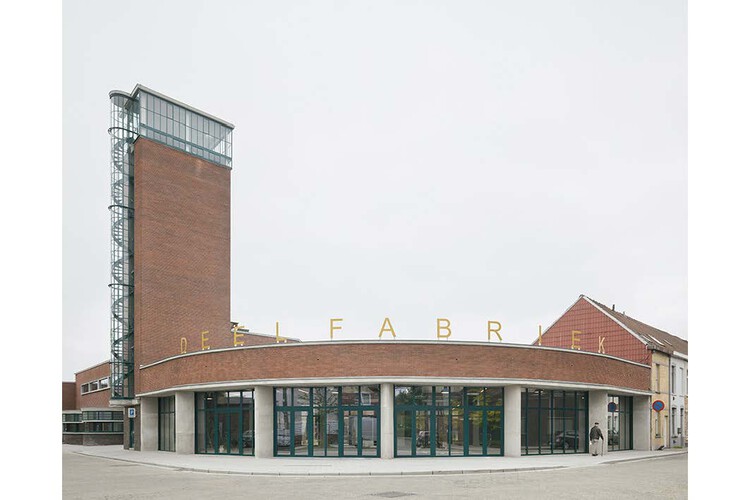 Share and Reuse Factory / ATAMA. Image © Stijn Bollaert
Share and Reuse Factory / ATAMA. Image © Stijn Bollaert
The jury of the New European Bauhaus (NEB) Special Mention was made up of the directors of the Award (the architects Ramon Calonge, Oriol Cusidó, Marc Manzano, and Jordi Portal) and the MEP Marcos Ros. They praised the project for “The opening of the complex towards the urban environment and the reconfiguration of the central empty space, conceived as a courtyard through which various social entities are spatially and functionally organised. The new configuration adds value to the activities and stakeholders housed in the complex, fostering the shared use of space, community interaction and the social resignification of architectural heritage, thus actively contributing to its long-term conservation and sustainability.”
Restoration Special MentionTorre Chiaravalle Nolar / Jurina e Radaelli Studio Associato
Milan, Italy 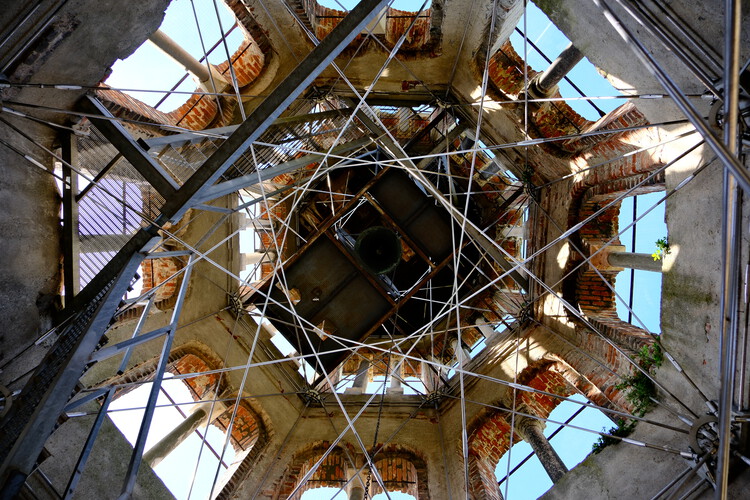 Torre Chiaravalle Nolar / Jurina e Radaelli Studio Associato. Image © Lorenzo Jurina
Torre Chiaravalle Nolar / Jurina e Radaelli Studio Associato. Image © Lorenzo Jurina
The winner of the Restoration Special Mention was chosen by members of the international jury, together with the directors of the Award and the architect Anneleen Stevens. They selected the project “for its methodological rigour in developing the restoration proposal for the bell tower and its implementation through a strict application of the principles of discernibility, reversibility and minimal intervention.” They also praised the project for “not only ensuring the conservation and restoration of historical and material values, but also adopting a distinctive approach to the structural intervention, where maintaining its original logic has been regarded as the primary documentary value to be preserved.”
Other recent news involving renovation projects includes the unveiling of new images for Studio Libeskind’s design to renovate the Boerentoren tower located in the heart of Antwerp, Belgium. In Paris, the Grand Palais has reopened to the public following the most comprehensive renovation in its 120-year history, led by the Paris-based firm Chatillon Architectes. In Melbourne, Australia, a citizen-led initiative recently launched a successful campaign to prevent the demolition of Tadao Ando’s MPavilion, securing its presence in Queen Victoria Gardens until 2030. Another citizen initiative, HouseEurope!, a non-profit organization dedicated to advocating for legislation that prioritizes the renovation and adaptive reuse of existing buildings over demolition, has been awarded the 2025 OBEL Award.
